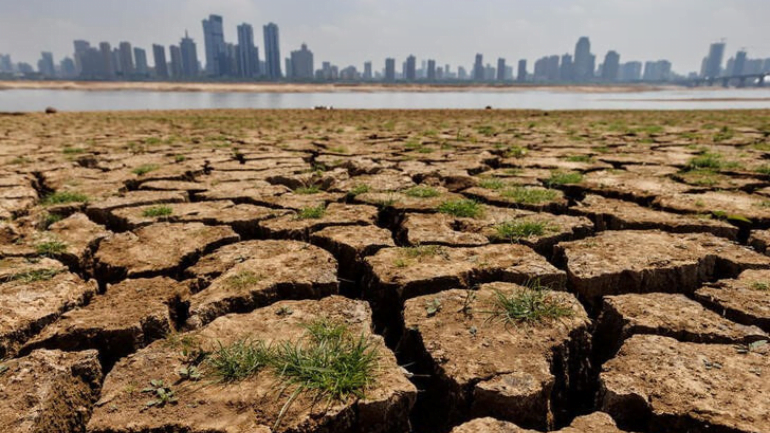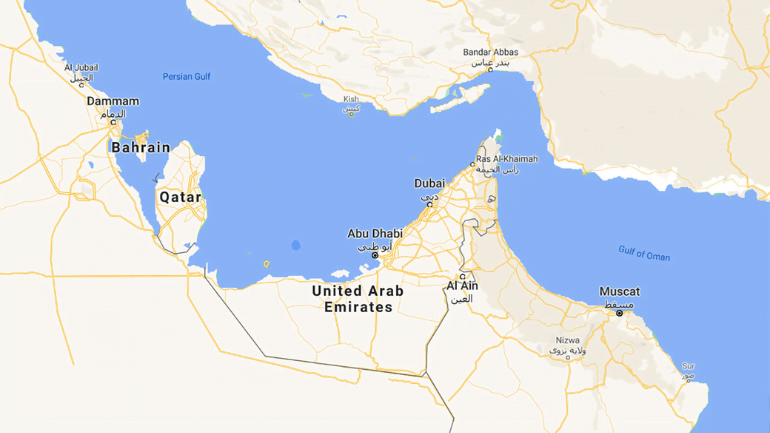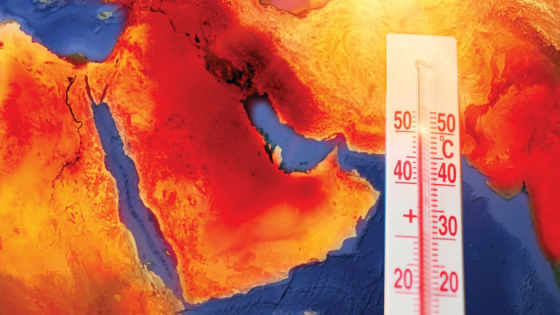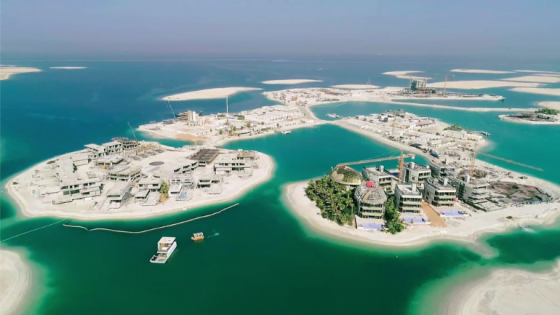Contents
Effects of El Nino on UAE Climate: El Niño, a climate phenomenon originating in the Pacific Ocean, has profound impacts on weather patterns across the globe. While the United Arab Emirates (UAE) is geographically distant from the Pacific, it is not immune to the effects of the El Nino weather phenomenon. This article delves into the consequences of El Niño on the UAE’s climate, including changes in temperatures, the impact of global warming, climate patterns, and their environmental implications. By exploring these effects, we can better understand the challenges posed by the effects of El Nino on UAE climate and work towards strategies to mitigate its impacts.
Effects of El Nino on UAE Climate
El Niño refers to the warming of sea surface temperatures in the central and eastern tropical Pacific Ocean. This warming disrupts standard atmospheric circulation patterns, leading to significant weather changes worldwide. Despite its geographical distance from the Pacific, the UAE experiences indirect impacts from El Nino.
One of the notable effects is the rise in temperatures. During El Niño events, the UAE often encounters warmer-than-average temperatures. The elevated sea surface temperatures in the Pacific influence atmospheric circulation patterns, resulting in increased heatwaves and prolonged periods of hot weather in the UAE.
Shifting Weather Patterns

El Niño can also cause notable shifts in weather patterns in the UAE. Although the region is typically arid, El Niño can change precipitation levels. Some El Niño events have increased rainfall in the UAE, leading to localized flooding in certain areas. Conversely, other episodes have resulted in reduced rainfall, exacerbating drought conditions.
These variations in precipitation have significant environmental consequences. Changes in rainfall patterns can affect water availability, stressing local water resources. Increased rainfall can lead to soil erosion and the depletion of essential nutrients, impacting agricultural productivity. Drought conditions, on the other hand, can cause water scarcity, affecting both human populations and ecosystems.
Read more: UAE Temperature Trends
Environmental Implications
The effects of El Nino on UAE climate are significant. Changes in precipitation patterns can disrupt the delicate balance of ecosystems and affect biodiversity. Increased rainfall can lead to an influx of water into coastal areas, impacting marine ecosystems and habitats. It can also result in the expansion of wetlands and affect the distribution of plant and animal species.
Furthermore, El Niño-induced drought conditions can have cascading effects on the environment. Water scarcity can lead to the depletion of groundwater reserves, affecting vegetation and wildlife. It can also increase the risk of wildfires, as dry conditions promote the spread of fires.
Read more about: Humidity Levels in UAE
Impacts of El Nino on Abu Dhabi

As the capital of the UAE, Abu Dhabi is not immune to the effects of El Nino on UAE climate. The city can experience changes in temperature and rainfall patterns during El Nino events. These fluctuations can impact various sectors, including agriculture, tourism, and energy.
Hotter temperatures during El Niño can increase energy demand for cooling, putting strain on the power grid. Reduced rainfall can affect agricultural productivity and landscaping, posing challenges for food production and landscaping industries. Additionally, changes in weather patterns can impact tourism activities, as visitors may alter their plans due to extreme weather conditions.
Read more: Impact of Global Warming on UAE
The effects of El Nino on UAE climate change
It is essential to recognize the distinction between the impacts of El Niño and long-term climate change. While El Niño is a natural phenomenon, climate change caused by human activities can exacerbate its effects. Rising global temperatures due to greenhouse gas emissions can interact with El Niño, leading to amplified weather extremes and more frequent and intense El Niño events.
Does El Niño affect the Middle East?
The effects of both El Nino and La Nina have been considered significant variables in climate changes in the Middle East.
What countries are affected by El Niño 2023?
Ethiopia, Sudan, Somalia, Honduras, Pakistan, Mozambique, Papua New Guinea and Guatemala.
Despite its geographical distance from the Pacific Ocean, the UAE experiences the far-reaching effects of El Nino on its climate. Warming temperatures, shifting weather patterns, and their environmental implications can impact various sectors, posing challenges to the UAE’s economy and environment. By understanding the effects of El Niño, policymakers and stakeholders can develop strategies to mitigate and adapt to these climate impacts. Furthermore, recognizing the interactions between El Niño and climate change is crucial for addressing the challenges of a changing climate and building a resilient future for the UAE.













